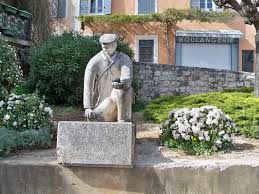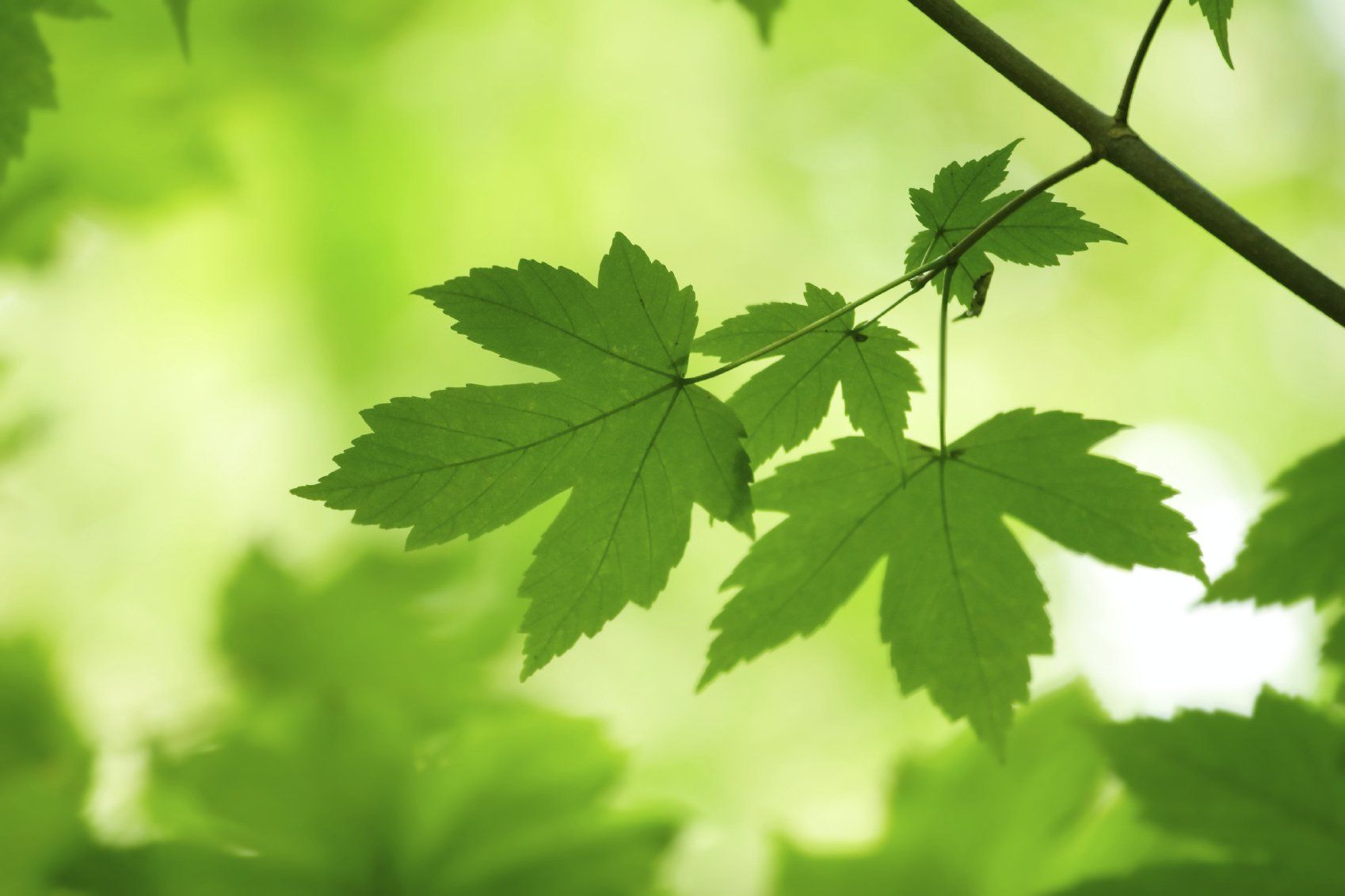History of truffle culture
Truffle culture took off at the start of the 19th century. Thanks to Joseph Talon, who around 1810, near Apt in the Vaucluse, had the famous idea of planting acorns collected under truffle oaks. For this idea, Joseph Talon is considered the father of modern truffle culture. Many harvesters imitated this practice, planting several thousand truffle trees, especially in the south-east. This development was largely favored by the crisis in French viticulture. In fact around 1880 the national vineyard was devastated by phylloxera. However, the calcareous and well-exposed soils of the various vineyards are perfectly suited to the delicate cultivation of black truffles. Thus in 1890 in the Vaucluse department alone, 380 tonnes of black truffle were harvested, ie 300 tonnes more than the current French production. World economic history was marked by the industrial revolution at the end of the 19th century. The truffle also. The rural exodus inherent in the Industrial Revolution depopulated the countryside. Due to lack of maintenance and because of the scarcity of breeding herds, the forest environment was gradually closed. The human losses linked to the First World War accentuated rural desertification and the disappearance of ancestral knowledge (method of cultivation, knowledge of the soil, of the seasons, etc.). From the 1956 Rome Treaty, Europe set itself the goal of food self-sufficiency, which led to an agricultural revolution. Intensive cultivation, excessive mechanization, the intensive use of chemical fertilizers and weedkillers have broken the fragile ecological balance favorable to the development of the truffle. Thus from the end of the 19th century to the 1970s we witnessed an exhaustion of French and world truffle production. The decline in production since the beginning of the 20th century was so significant that in the 1970s the truffle was considered an endangered species. From 1970, the French truffle world is organized. At that time nobody lived exclusively on the harvest of truffles but the additional income resulting from this activity aroused interest. This rediscovery of the black diamond is accompanied by the establishment of important scientific research aimed at unraveling the secrets of the truffle. INRA came to the aid of the truffle industry in total decay. The various scientific researches have made it possible to develop the mycorrhizal plant. Unfortunately the first tests were not convincing. The recovery of the plants was difficult if not impossible and the investments were irremediably lost. But after several technical adjustments, the process developed by INRA shows initial satisfactory results. The technique developed in 1979 by Chevalier and Grente, whose impacts on production volume we will detail in the following paragraph, following the work of the INPL (istituto nazionale per le piante da legno) and the University of Turin can be summarized and explained as follows. It “consists of providing the inoculum in the form of a preparation based on truffle spores, obtained by grinding ripe fruiting bodies, brought into contact with the roots of young plants free from mycorrhizae”. A new problem arose: the competition between the spores of tuber melanosporum and those of the tuber brumale, a species of truffle similar to the black Périgord truffle but with a much less appreciated smell and flavor. The loss of income is considerable since the tuber brumale is negotiated around 150 € per kilo against a minimum of 600 € for the tuber melanosporum, the black truffle from Périgord. In order to eliminate these inconveniences, the plants sold under INRA or CITFL control are meticulously and individually checked to guarantee the production of black Périgord truffle. Thus each mycorrhizal plant purchased is exclusively a carrier of tuber melanosporum spores. These scientific advances have been supported since the 1980s by aid and subsidies (departmental, regional, national and European). These efforts have enabled the preservation of the Périgord black truffle, a time threatened with extinction, but are still far from meeting growing demand.








